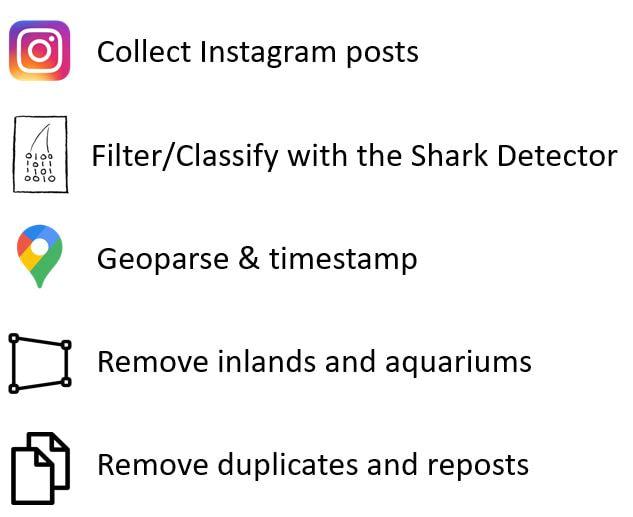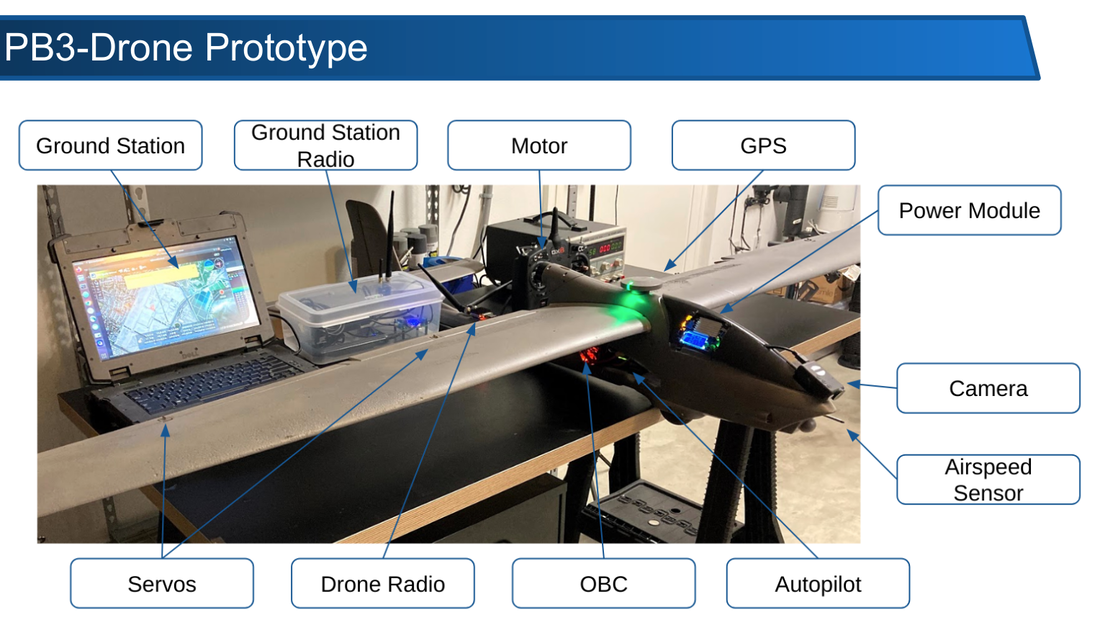Work and ResearchMy research involves developing unconventional remote sensing and taxonomic identification methods aimed at elasmobranchs. I am proficient in machine learning, data science, and computer vision approaches. I also have experience with molecular biology and biochemistry and am currently monitoring marine biodiversity in the Mediterranean Sea with environmental DNA methods. Lastly, I am integrating shark and boat detection software with an autonomous drone system to seamlessly monitor large marine areas without human intervention.
|
|
Shark detection and classification with machine learning
I developed a modular software package called the Shark Detector, which identifies and classifies shark-related media (images and videos). The standard object-detection is able to locate sharks with 90% accuracy. Additionally, I developed a pseudo-hierarchical classification structure capable of classifying 47 species of sharks with 71% base accuracy. [github] |
|
|
Instagram as a tool for tracking global shark populations
Instagram contains millions of shark observations. Using data science and machine learning, I collected posts, classified shark images, and geoparsed post text for mentions of locations. As a result, I pooled thousands of unique shark sightings spanning more than a decade. These approaches stress the importance of data-driven strategies to characterize spatial abundance distribution indices of shark populations. Working with the web application sharkPulse, we stress the importance of alternative sources of observation data which is strongly needed for promoting management and conservation of these data-poor group of marine animals. [sharkPulse] |
|
Poach-busting: monitoring marine protected areas with UAVs
The objective of this project is to develop an autonomous unmanned aerial vehicle (UAV) that performs daily operations without the need of human intervention. This drone can be controlled worldwide by a remote operator via a cloud support infrastructure. The PoachBuster (PB) runs the Shark Detector object-detection and classification packages to discern shark silhouettes from above. Vessel object-detection software makes the PB drone a spotter for illegal poaching vessels. |
|
Environmental DNA
I am a biochemist and geneticist working on restructuring the population landscape of elasmobranchs in the Mediterranean Sea. With environmental DNA (eDNA), I am detecting the critically endangered great white shark (Carcharodon carchariasi) throughout the Sicilian Channel to gauge their population status in a data-poor region. By collecting white shark samples from various markets in the region, I am able to perform whole genome sequencing to understand how distinct this population is. I am also using metabarcoding techniques to characterize all shark and ray biodiversity indices for the purpose of conservation and management in an overfished area. [Publication] [News Article] |




